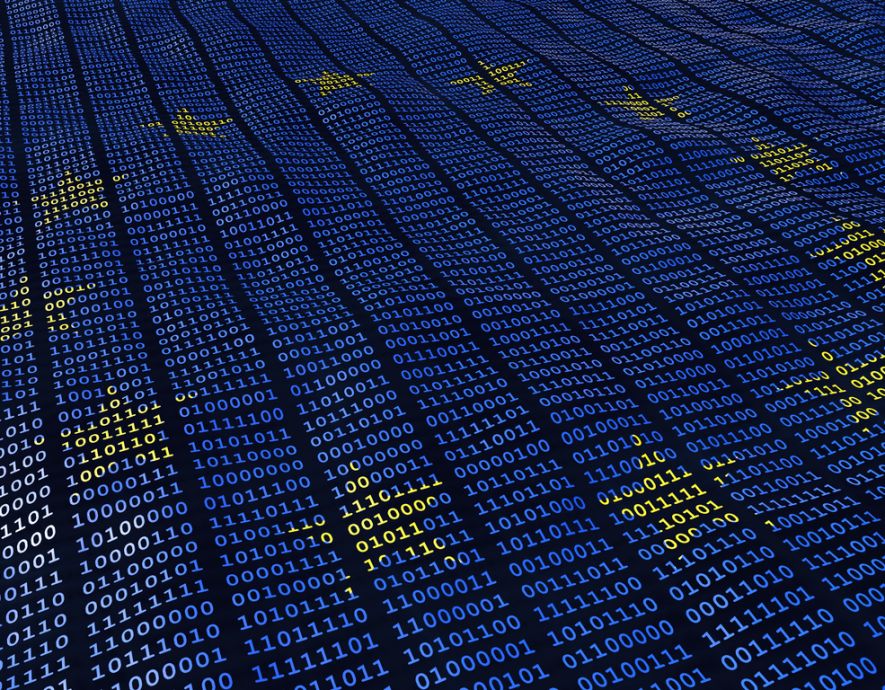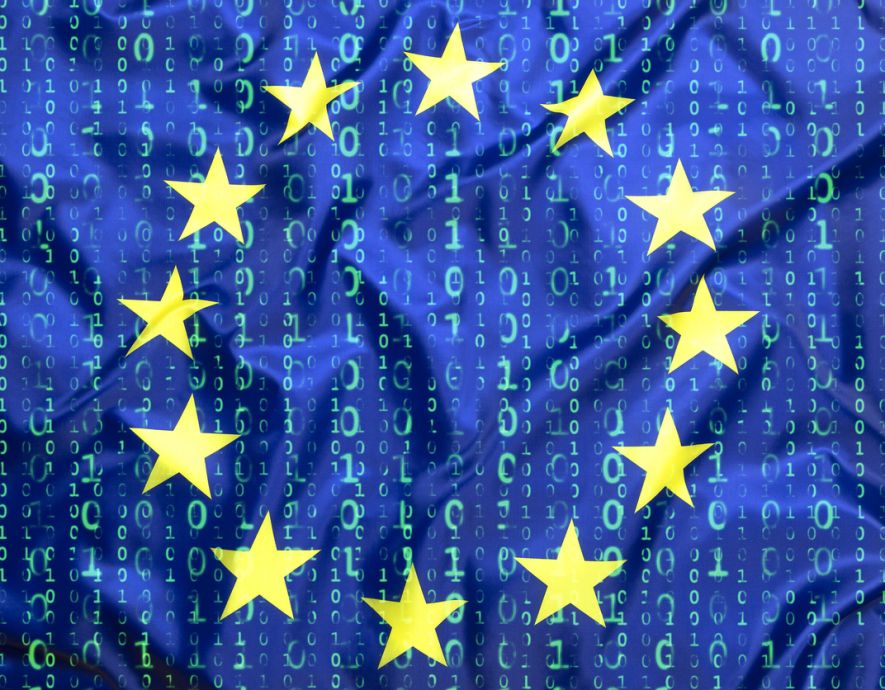
- Home
- Digital transformation
- Geopolitical issues surrounding semiconductors, the “oil of the 21st century”
Geopolitical issues surrounding semiconductors, the “oil of the 21st century”


Semiconductors are an essential component of mobile phones, cars, satellites and missiles. As such, these electronic chips pervade every part of our daily lives. They are also a major challenge when it comes to industrial independence. The shortage caused by the increase in demand for connected objects during the Covid-19 pandemic highlighted the industry’s dependence on Asia.
Semiconductors are the “oil of the 21st century”, electronic components on which “everything else depends”. These were the words of Germany’s Chancellor Olaf Scholz at the official opening of a new factory built by the German semiconductor manufacturer Infineon in early May 2023.
Under the European Union’s “Chips Act” – a massive €43 billion investment plan signed in April 2023, with the aim of capturing a 20% share of this strategic market – Europe plans to quadruple its production. But they are not the only ones investing in this critical sector.
This is a clear indication that the EU is trying to figure out where it sits between the Asian giants, which have a considerable lead in the field, and the United States and China, which are investing heavily in the sector in a bid to achieve strategic autonomy themselves.
Rapid developments in technologies such as IoT, AI and 5G are fuelling exponential demand for semiconductors. According to a study by McKinsey, the semiconductor market is set to become a $1 trillion industry by 2030, double the current figure in less than a decade. European production will therefore have to quadruple in a highly competitive environment.
From design to assembly, an interdependent international process
Semiconductors are vital to the global economy and are the product of a complex process that breaks down into three distinct phases: design, foundry and assembly. Each of these phases plays a crucial role in the production chain, and different countries are involved in each of them.
The first phase, design, is the starting point for developing semiconductors. It involves designing integrated circuits, creating diagrams and models, and doing the design work. This phase is dominated by countries such as the United States, Japan and South Korea. These countries are home to major semiconductor design companies and boast advanced technical expertise.
The next phase is chip foundry, which is the most technical part, due to the complexity and sophistication of the manufacturing process. Innovation is key when it comes to manufacturing machines capable of producing ever thinner, more powerful and more resistant chips. Taiwan, with companies like the Taiwan Semiconductor Manufacturing Company (TSMC), is the undisputed leader in this field. South Korea is also a major player in foundry services, with companies such as Samsung.
China has also positioned itself in the sector, but the construction of the most high-tech chips – found in military applications, artificial intelligence and the latest iPhone – rests solely in the hands of South Korea and Taiwan. The two Asian countries are currently the only ones capable of producing top-of-the-range chips with a thickness of 3 nanometres (50,000 times thinner than a human hair).
This gives them a huge lead over their Chinese, American and European competitors, who are struggling to produce 7-nanometre semiconductors. Technical capabilities aside, Taiwan is the overwhelming leader in this cutting-edge technology. The giant TSMC alone manufactures more than 90% of the most advanced chips.
The final phase is assembly, where the semiconductors are integrated into the final electronic devices. As a major force in the consumer electronics industry, China is a clear leader and the largest importer of semiconductors. Semiconductors are also China’s number one import, ahead of oil.
In a tense geopolitical environment, where Taiwan faces the constant threat of Chinese invasion, TSMC’s centre-stage position in semiconductor manufacturing is seen as a “silicon shield” for the small island. A war or an interruption in Taiwan’s semiconductor production, however temporary, would have catastrophic consequences for the global economy. The impact would be disastrous for China, which depends on Taiwan for 70% of its imports.
The race for strategic independence
In this frantic race to secure semiconductor supplies, the geopolitical stakes are high. Controlling key technologies, protecting intellectual property and securing supply chains are all major concerns for international stakeholders.
In his speech to the 20th Party Congress last October, Chinese President Xi Jinping warned of the “bottlenecks” holding back China’s “ability to innovate in science and technology”. He ended by saying that his country “will win, at whatever cost, the decisive battle to deliver breakthroughs in both cutting-edge and basic technologies”. The focus here is on the United States’ policy of curbing China’s rise in technological power and protecting its leadership in cutting-edge industries.
The United States now sees the dramatic decline in its share of global semiconductor production, from 37% in 1990 to just 12% in 2020, as a major risk. The ban on exporting high-tech chips to China, the legal action against Huawei and the Senate’s decision to dissuade Apple from buying from the Chinese foundry Yangtze Memory Technologies Corp (YMTC) all point to United States’ concerns over national security. The two countries are waging a fierce economic war in this area, with massive investment in the technological flagships of their respective countries and condemnation of their adversaries.
“Europe is taking its destiny into its own hands,” announced Thierry Breton, European Commissioner for Internal Market, when the Chips Act got the green light in April 2023. But with the dual objective of achieving independence from the United States for design and from Asia for foundry, will the agreement between EU Member States be enough to achieve its 20% target? Most experts agree that the technological gap, the investment of €43 billion – seen as too low – and the lack of skilled labour in the field will not stand up to foreign competition.
the newsletter
the newsletter



